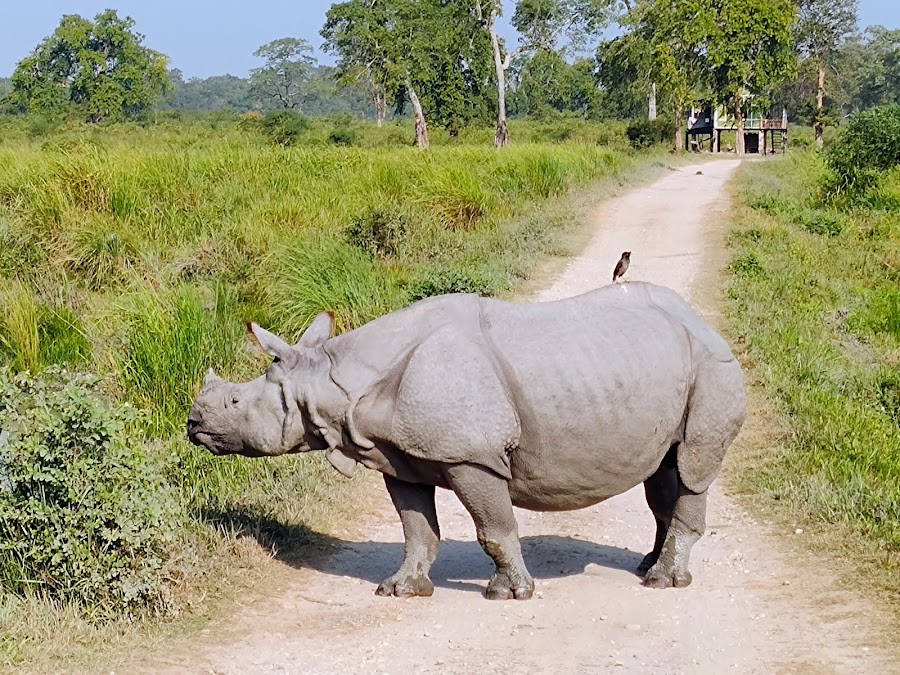
Kaziranga National Park
Tezpur, India
- Enjoy jeep safari for wildlife viewing.
- Experience elephant safari for closer encounters.
- Explore the park's landscape on a nature walk.
- Go for birdwatching to spot diverse species.
- Visit the Kaziranga Orchid and Biodiversity Park.
Known for:
Description:
Kaziranga National Park, a UNESCO World Heritage Site, is a sprawling grassland ecosystem in Assam, India, renowned for its remarkable biodiversity. It's home to the world's largest population of the one-horned rhinoceros, along with significant populations of tigers, elephants, wild water buffalo, and swamp deer. The park's landscape features dense forests, open grasslands, and numerous water bodies, creating a haven for a wide array of flora and fauna. Birdwatchers will be delighted by the diverse avian species, including migratory birds that flock to the park during the winter months. Jeep safaris and elephant safaris offer excellent opportunities for wildlife viewing, allowing visitors to experience the park's natural beauty up close. Kaziranga is a must-visit destination for nature enthusiasts and wildlife lovers seeking an unforgettable adventure in the heart of India.
History:
The history of Kaziranga National Park is rooted in conservation efforts initiated in the early 20th century. In 1905, Mary Curzon, the wife of the Viceroy of India, Lord Curzon, visited the area and was dismayed by the dwindling rhino population. She urged her husband to take measures to protect the species, leading to the establishment of a reserve forest in 1908. Over the years, the reserve was expanded and upgraded to a sanctuary in 1950 and finally declared a national park in 1974. Kaziranga's success in conserving the one-horned rhinoceros and other endangered species is a testament to the dedication of conservationists and the local communities who have worked tirelessly to protect this invaluable natural heritage. In 1985, UNESCO recognized its global significance by declaring it a World Heritage Site.